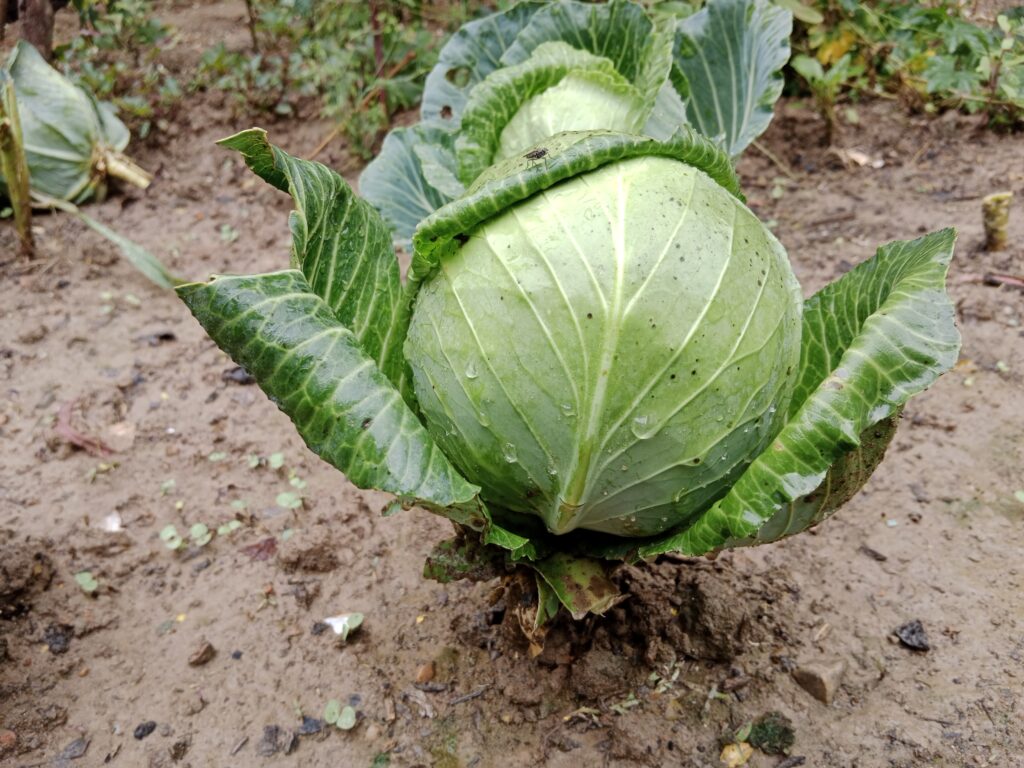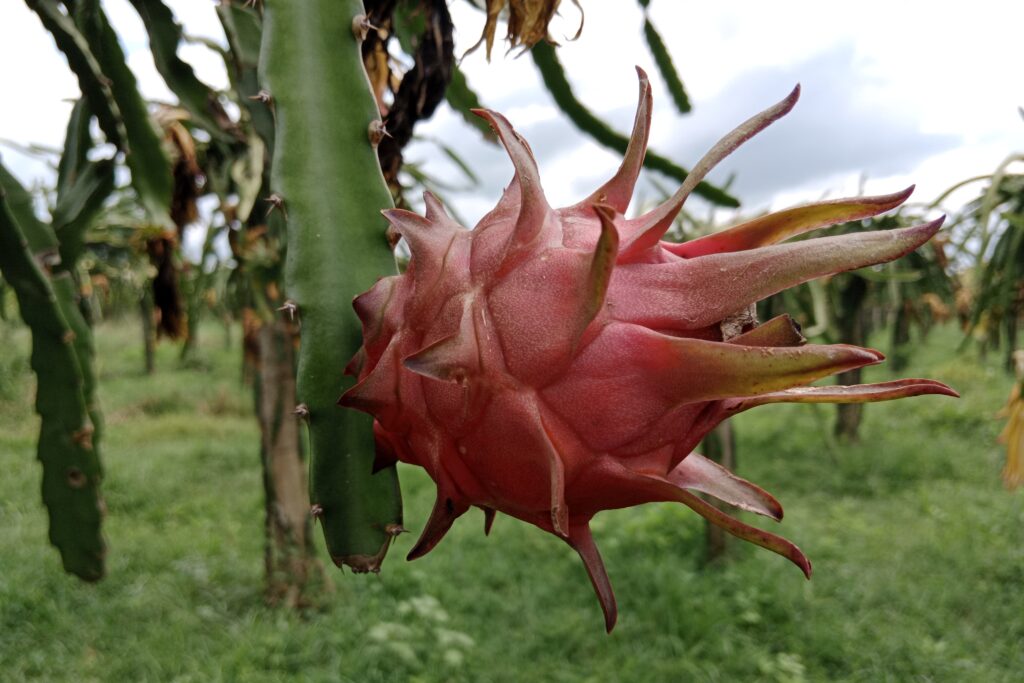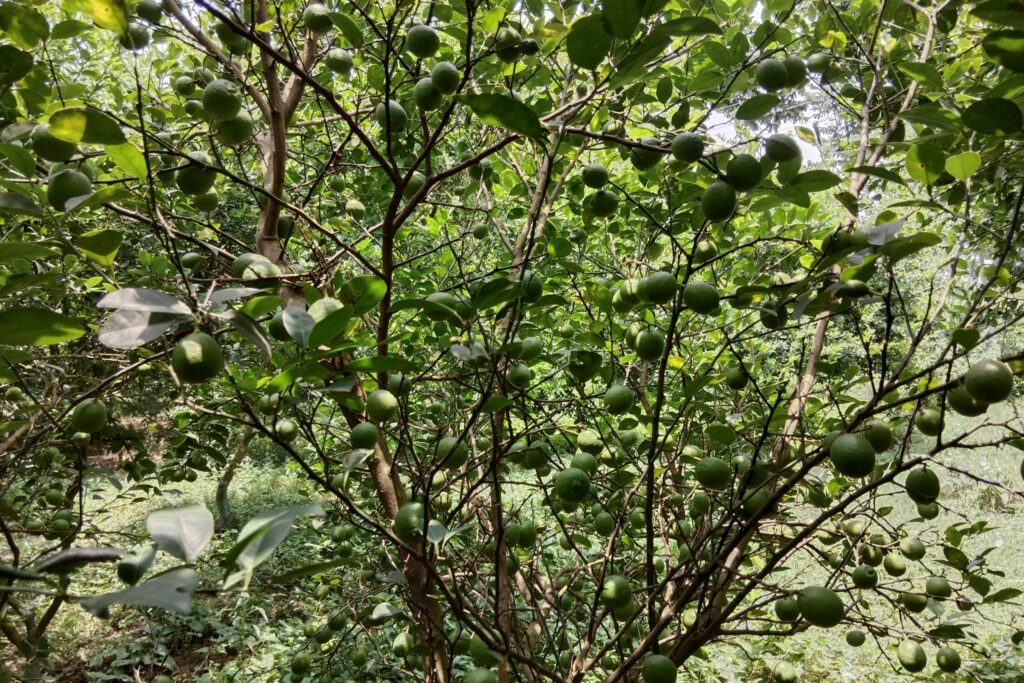Cabbage Farming
Cabbage farming profit per acre is highly attractive, with a net profit of NRs. 104,000 per acre, calculated from a total income of NRs. 150,000 and total costs of NRs. 46,000. This translates to a 69.3% net profit margin and a cost-to-income ratio of 0.307, generating NRs. 3.26 in revenue for every NRs. 1 invested. The operation exhibits remarkable resilience, requiring only 4,600 kg (31% of actual yield) or a market price of NRs. 3.07/kg to break even, while profits remain at NRs. 29,000 even if prices drop by 50% to NRs. 5/kg. Primary cost components are land preparation (32.6% of costs) and fertilizers (17.4%), suggesting room for cost efficiency improvements.

Land Preparation
Successful crop cultivation begins with proper land preparation to ensure optimal growing conditions. The process starts with deep plowing to a depth of 15 to 20 cm, which aerates the soil, enhances root penetration, and eliminates weeds.
This is followed by two to three rounds of harrowing to break clods and create a fine tilth for a uniform seedbed. Incorporating 10 to 15 tons of well-decomposed compost or manure per acre improves soil fertility and structure, enriching it with essential nutrients and organic matter. In high-rainfall areas, raised beds 15 to 20 cm high are constructed to ensure proper drainage, prevent waterlogging, and create ideal conditions for healthy plant growth.
Soil Type
Optimal crop cultivation requires well-drained sandy loam or loamy soil rich in organic matter, ensuring proper aeration, moisture retention, and nutrient availability. A pH of 6.0–6.5 (slightly acidic to neutral) supports healthy growth and nutrient absorption. Avoid waterlogged or highly alkaline soils to prevent root rot and nutrient deficiencies, ensuring maximum crop health and yield.
Climatic Requirements
Cabbage thrives under cool climatic conditions, with an optimal temperature range of 15–20°C. This temperature supports healthy growth and head formation, while light frost is tolerated without significant damage. However, prolonged exposure to high temperatures can lead to bolting, negatively affecting crop yield and quality.
The crop requires 350–500 mm of rainfall per season, with consistent soil moisture being essential for its development. It is important to avoid waterlogging, as excess water can harm root health and increase susceptibility to diseases. Maintaining these climatic conditions ensures optimal growth and productivity.
Major Cultivars
| Type | Variety | Unique Traits | Ideal Use |
| Green Cabbage | ‘Golden Acre’ | Fast-growing, compact | Quick harvests, small spaces |
| Green Cabbage | ‘Copenhagen Market’ | Cold-hardy, uniform heads | Cool climates, winter gardening |
| Red Cabbage | ‘Red Dynasty’ | Bold color, disease resilience | Ornamental and culinary gardens |
| Savoy | ‘Savoy King’ | Frost-resistant, textured leaves | Gourmet recipes, cold-season planting |
Seed Rate
For sowing, use a seed rate of 200–250 g per acre. Prior to sowing, treat seeds by dipping them in hot water at 50°C for 30 minutes or in a solution of streptocycline (0.01 g/L) for two hours. After treatment, dry the seeds in shade before sowing. To prevent black rot, which is common during the Rabi season, treat seeds with Mercury chloride (1 g/L) for 30 minutes, then dry them in shade. For crops grown in sandy soils prone to stem rot, treat seeds with Carbendazim 50% WP (3 g/kg seed) to minimize the risk of infection.
Planting
a). Season
Cabbage cultivation is best timed according to the prevailing climatic conditions. In temperate regions, the ideal growing seasons are spring (February–March) and fall (August–September), when temperatures are moderate and conducive to growth. In tropical regions, cabbage thrives during the cooler months (October–December), as these months provide the optimal environment to prevent heat stress and support healthy crop development.

b). Spacing
For best growth, space early-season crops 45 x 45 cm apart, and late-maturing crops 60 x 45 cm apart. For optimal germination and a robust plant establishment, sow the seeds 1-2 cm deep.
c). Pit Preparation
Prepare 15 cm deep holes, adding 1–2 kg of compost per pit to enhance soil fertility. Sow seeds in a nursery using the dibbling or transplanting method, ensuring proper irrigation and fertilization as required. Seedlings are typically ready for transplantation 25–30 days after sowing or when they are 3–4 weeks old. Before transplanting, harden the seedlings for 3–5 days to acclimatize them to field conditions and promote successful establishment.
d). Number of Plant per Acre
Based on the recommended spacing, approximately 15,000 to 19,985 plants can be accommodated per acre.
Irrigation
Irrigation should be applied weekly (adjusted based on rainfall), with critical attention during head formation. Drip irrigation (for efficiency) or furrow methods are recommended, while overhead irrigation should be avoided to minimize disease risks. Provide the first watering immediately after transplanting, followed by subsequent irrigations every 10–15 days during winter, tailored to soil and climate conditions. Ensure young seedlings receive adequate water during the vegetative stage, but avoid heavy watering once heads form to prevent cracking.
Fertilizer and Manure
| Stage/Task | Material/Input | Quantity/Concentration | Application Details |
| Pre-Transplanting | Well-decomposed cow dung | 40 tonnes/acre | Mixed into soil along with SSP@155kg and MOP@40kg. Half-dose Urea@55kg applied. |
| Post-Transplanting | Urea (remaining) | 55 kg/acre | Applied as top dressing 4 weeks after transplanting. |
| Early Growth Foliar Spray | Water Soluble Fertilizer (19:19:19) | 5–7 gm/L water | Sprayed during early growth to improve flower (curd) set and yield. |
| 40 Days After Transplanting | 12:61:00 + Micronutrients + Boron | 4–5 gm + 2.5–3 gm + 1 gm/L water | Enhances nutrient uptake and plant vigor. |
| Curd Development | Water Soluble Fertilizer (13:00:45) | 8–10 gm/L water | Applied to improve curd quality. |
Weed Control
To effectively control weeds, implement a multi-pronged approach starting with applying an organic mulch like straw to suppress initial weed germination and growth; supplement this with manual weeding 2–3 times during the crop’s early stages to remove any emerging weeds that penetrate the mulch layer; if needed, chemical control can be incorporated using pre-emergent herbicides such as pendimethalin, always applied with strict adherence to label guidelines regarding rates, timing, and safety precautions.
Pest and Disease Management
Common Pests
a). Aphids/Cabbage Worms
Sucking pests such as aphids and jassids extract sap from leaves, causing yellowing and drooping, while thrips feeding results in leaf curling and upward-curving or cup-shaped leaves; dry weather conditions often exacerbate these infestations.
If aphids or jassids are observed, apply Imidacloprid 17.8 SL at 60 ml per acre in 150 liters of water. For effective control of sucking pests, spraying Thiamethoxam at 80 grams per 150 liters of water is also recommended, always adhering strictly to label instructions regarding application rates and safety precautions.

b). Diamondback Moth
The greenish, hairy larvae of the Diamondback Moth (DBM), which lays its eggs on the undersides of cabbage leaves, feed ferociously, producing holes in the foliage and, if left unchecked, causing losses of 80–90%. For management, start spraying Neem Seed Kernel Extract (NSKE) at head initiation at a rate of 40 gm/Ltr of water.
Repeat every 10 to 15 days, but do not apply during curd formation. Apply 200 gm/acre of Bt (Bacillus thuringiensis) formulations 35 and 50 days after planting. Use Spinosad 2.5% SC @ 80 ml per 150 Ltr of water in cases of severe infestation, always carefully following the label’s directions for dosage, timing, and safety measures.
c). Leaf Eating Caterpillar
Leaf-eating caterpillars cause damage by feeding on foliage; if an infestation is observed in the field, apply a spray of Dichlorvos @ 200 ml per 150 liters of water or Flubendiamide 48% S.C. @ 0.5 ml per 3 liters of water to control these pests, ensuring strict adherence to label instructions for dosage, safety precautions, and pre-harvest intervals.
d). Cutworms
As a preventive measure against soil pests, apply either Methyl Parathion or Malathion (as a 5% dust formulation) at a rate of 10 kg per acre to the soil prior to sowing, adhering strictly to label guidelines for safe handling and application.
Common Diseases
a). Clubroot
Effective clubroot management (Plasmodiophora brassicae) in brassicas (broccoli, cauliflower, cabbage) relies on two key preventive strategies: 1) Apply agricultural lime to raise soil pH to ≥7.2, inhibiting spore germination and reducing disease severity, and 2) Implement 5–7-year crop rotations excluding brassica hosts to deplete pathogen inoculum. These measures are essential as no effective chemical solutions exist once an infection occurs.
b). Black Rot
To protect against black rot, treat seeds by dipping them in a Mercury chloride solution (2 gm per liter of water) for 30 minutes, then thoroughly drying them in the shade; however, note that Mercury chloride is highly toxic and banned in many countries—safer alternatives like hot water treatment or approved fungicides should be strongly considered. If black rot appears in the field, apply a spray mixture of Copper oxychloride @ 300 gm + Streptomycin 6 gm per 150 liters of water for control, strictly following label instructions for safety, application timing, and pre-harvest intervals.
c). Downey Mildew
Downy mildew infection is identified by purplish-brown spots on leaf surfaces accompanied by characteristic greyish-white mold growth on the undersides of leaves. Implement preventive measures like field sanitation (removing crop debris) and crop rotation to reduce disease pressure. If an infestation occurs, apply a combined spray of Metalaxyl + Mancozeb @ 2 grams per liter of water, repeating the application three times at 10-day intervals; always wear full protective gear (mask, gloves, coveralls) and strictly follow label instructions for safe handling, application rates, and pre-harvest intervals.
d) Leaf Spot
If leaf spot or blight symptoms are observed, apply one of the following fungicide sprays for control: 1) Metalaxyl 8% + Mancozeb 64% WP @ 250 grams per 150 liters of water with an added sticker adjuvant; 2) Mancozeb @ 400 grams per 150 liters of water; or 3) Carbendazim @ 400 grams per 150 liters of water. Always wear full PPE (gloves, mask, coveralls) during mixing/application and strictly follow label instructions for safety precautions, application timing, spray intervals, and pre-harvest intervals.
Harvesting
Depending on the cultivar, cabbage is usually ready for harvesting 70 to 120 days after transplanting. When the heads feel firm and solid, cut them at the base with a sharp knife; keep two to three outer wrapper leaves to shield the head during handling and transportation, and make sure the knife is sanitized to stop the spread of disease. Yields of 10 to 20 tons per acre are anticipated with excellent crop management practices.
Cost of Investment per Acre Cabbage Farming
| Cost of Investment | Amount (NRs) |
| Land Preparation (plowing, levelling) | 15,000 |
| Seed rate per acre | 1,000 |
| Labor Costs (transplanting) | 3,000 |
| Fertilizers and Manure | 8,000 |
| Irrigation | 5,000 |
| Weed Control (pre & post-emergence) | 2,000 |
| Pest & Disease Control | 5,000 |
| Harvesting | 2,000 |
| Miscellaneous Costs | 5,000 |
| Total Cost | 46,000 |
Income from Cabbage Farming Per Acre
| Income | Yield (kg) | Price (NRs/kg) | Amount (NRs) |
| Cabbage Yield | 15,000 | 10 | 150,000 |
| Total Income | 150,000 |
Analysis of Cabbage Farming Profit Per Acre
Cabbage farming generates a net profit of NRs. 104,000 per acre (Total Income: NRs. 150,000 minus Total Cost: NRs. 46,000), reflecting strong profitability with a 69.3% net profit margin and a cost-to-income ratio of 0.307 (yielding NRs. 3.26 revenue per NRs. 1 invested).
The operation demonstrates significant resilience: break-even requires only 4,600 kg (31% of actual yield) or a market price of NRs. 3.07/kg (current price is 226% higher), while a 50% price drop to NRs. 5/kg still retains NRs. 29,000 profits. Primary cost drivers are land preparation (32.6% of costs) and fertilizers (17.4%), highlighting opportunities for efficiency improvements.



I have followed it. Needs to emphasize on treatment of pests and diseases and also fertilizer types when to apply